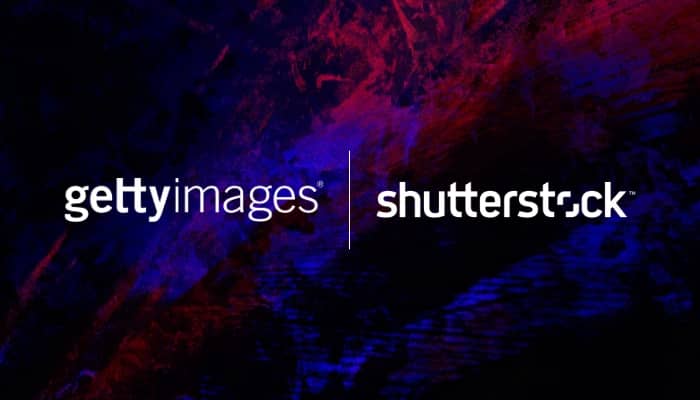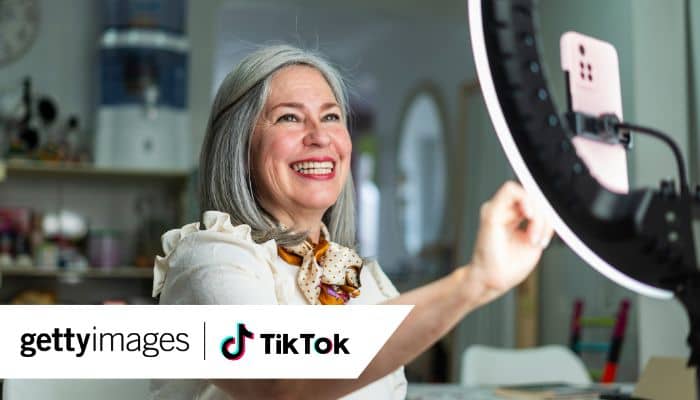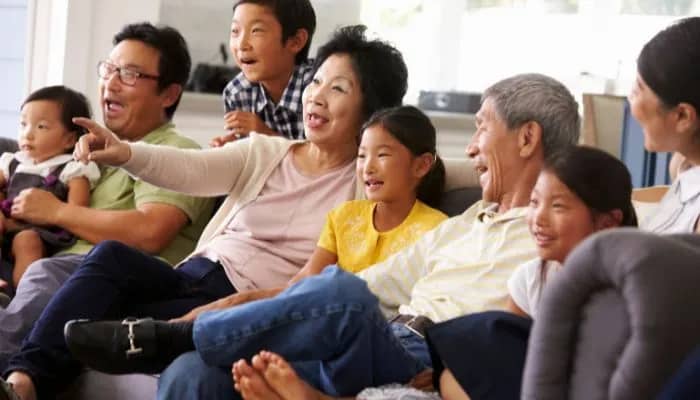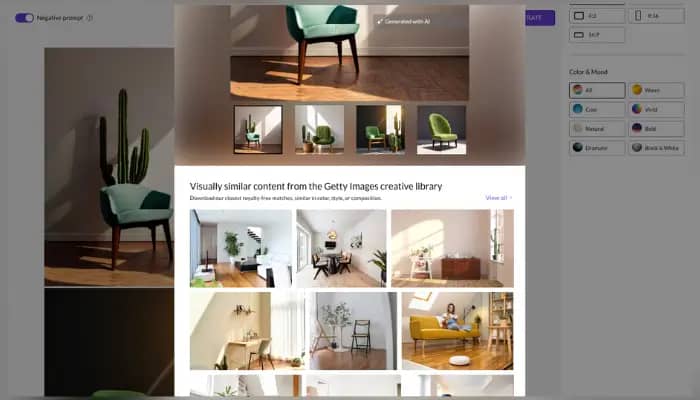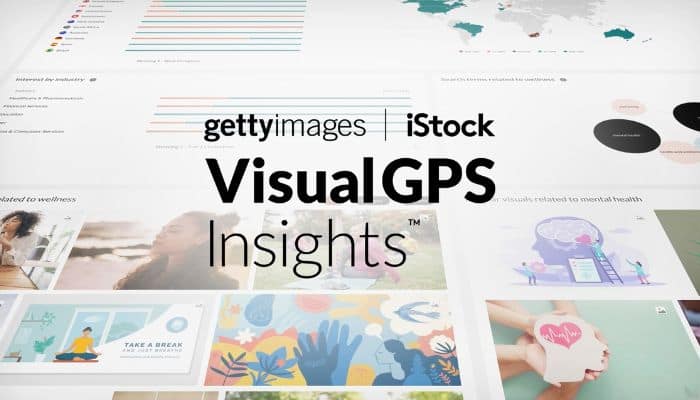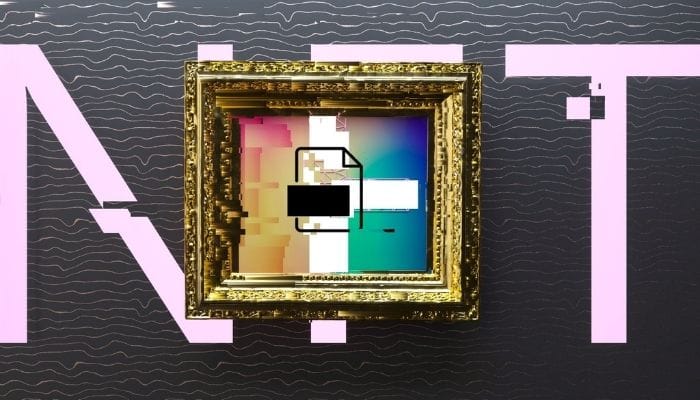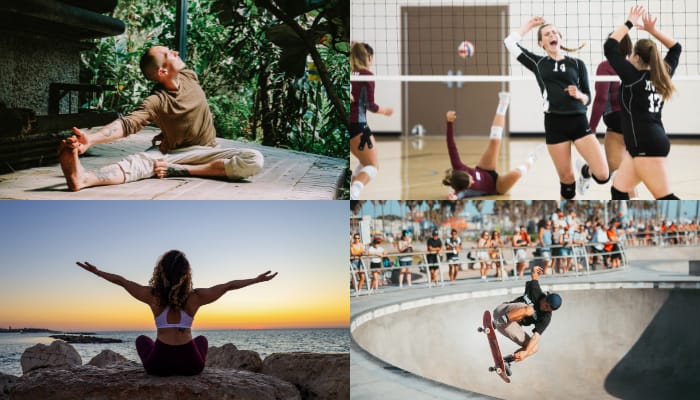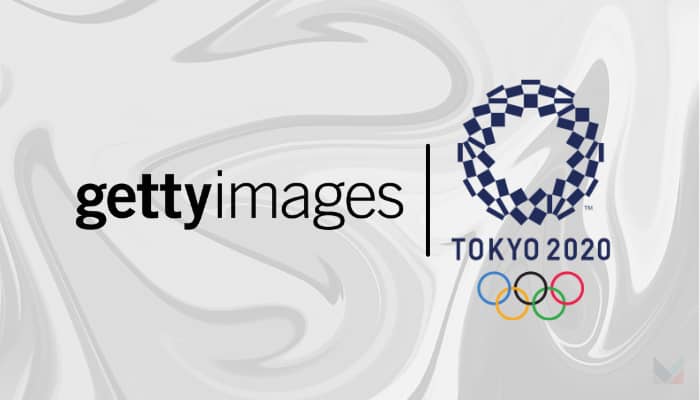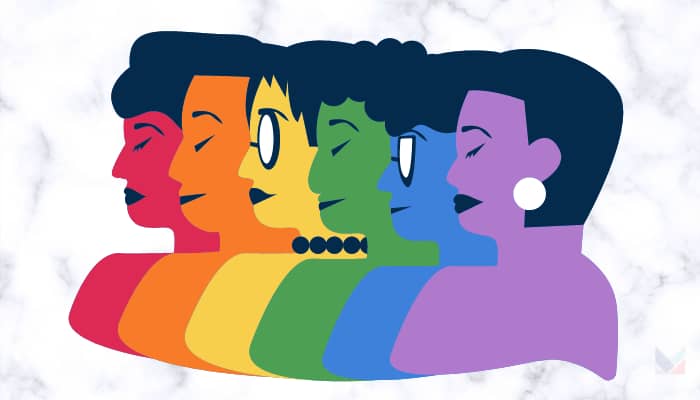New York, USA – Getty Images and Shutterstock have announced that they entered into a definitive merger agreement to combine in a merger of equals transaction, creating a premier visual content company. The combined company, which would have an enterprise value of approximately $3.7b, will be named Getty Images Holdings, Inc.
The merger of Getty Images and Shutterstock will result in a more comprehensive and diverse content library, delivering greater value to customers, enhancing opportunities for contributors, and strengthening their dedication to inclusive and representative content.
Additionally, the combined company’s improved financial position is anticipated to boost its ability to invest in new products and drive innovation, meeting the demands of a rapidly changing and highly competitive market.
Upon completion of the merger, Craig Peters, CEO of Getty Images, will assume the role of CEO for the unified company. The new entity’s Board of Directors will consist of eleven members: Craig Peters, six representatives appointed by Getty Images, and four representatives from Shutterstock, including Paul Hennessy, Shutterstock’s CEO. Mark Getty, the current chairman of Getty Images, will serve as the chairman of the board for the combined organisation.
The merger aims to drive cutting-edge innovation by enabling greater investment in advanced content creation, enhanced event coverage, and customer-focused technologies such as improved search capabilities, 3D imagery, and generative AI. By combining complementary portfolios, the unified company will offer a wider range of visual content products, including still imagery, video, music, 3D assets, and more.
For content creators, this merger presents significantly expanded opportunities to connect with customers worldwide. Financially, the strengthened balance sheet and increased cash flow generation will allow the combined company to accelerate debt repayment, lower borrowing costs, and pursue new avenues for value creation for customers and stockholders.
Additionally, the merger is expected to yield substantial cost synergies, with projected savings of $150m to $200m annually achieved within three years post-close, with the majority realised in the first 12 to 24 months.
Craig Peters, CEO at Getty Images, said, “Today’s announcement is exciting and transformational for our companies, unlocking multiple opportunities to strengthen our financial foundation and invest in the future—including enhancing our content offerings, expanding event coverage, and delivering new technologies to better serve our customers.”
He added, “With the rapid rise in demand for compelling visual content across industries, there has never been a better time for our two businesses to come together. By combining our complementary strengths, we can better address customer opportunities while delivering exceptional value to our partners, contributors, and stockholders.”
Meanwhile, Paul Hennessy, CEO at Shutterstock, commented, “We are excited by the opportunities we see to expand our creative content library and enhance our product offering to meet diverse customer needs.”
He added, “We expect the merger to produce value for the customers and stockholders of both companies by capitalising on attractive growth opportunities to drive combined revenues, accelerating product innovation, realising significant cost synergies and improving cash flow. We look forward to working closely with the Getty Images management team to complete the transaction and drive the next chapter of growth.”

